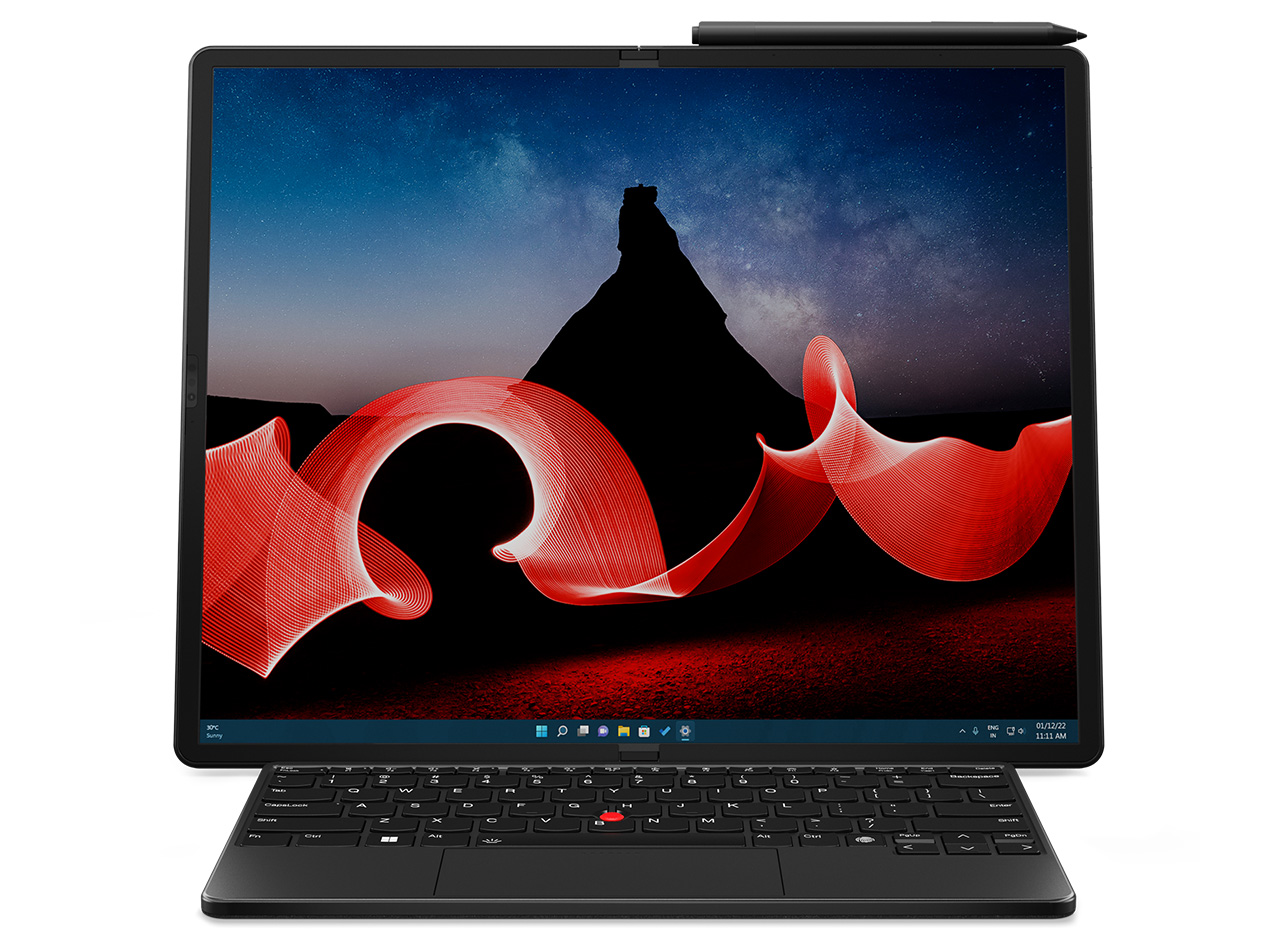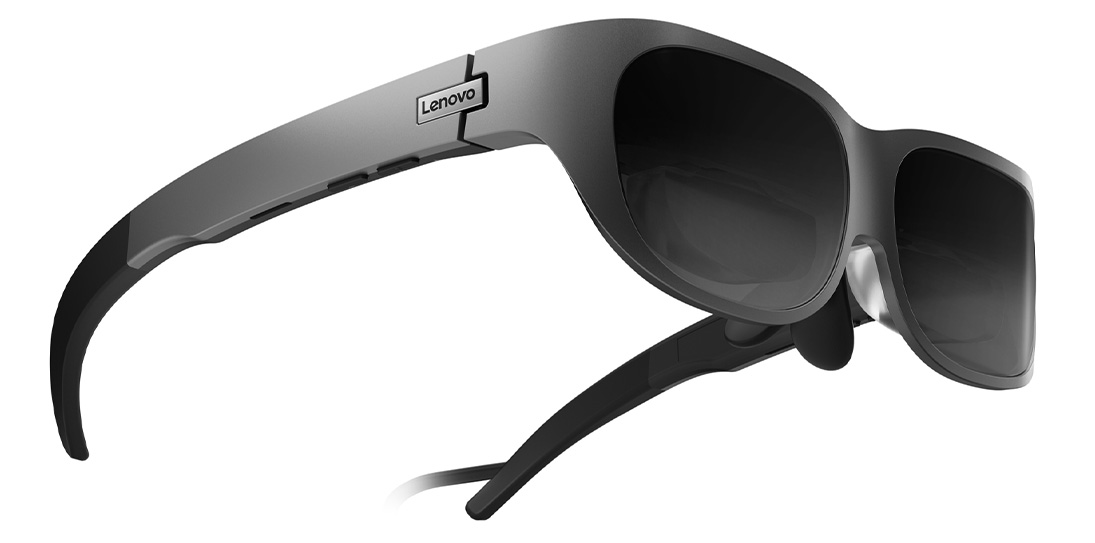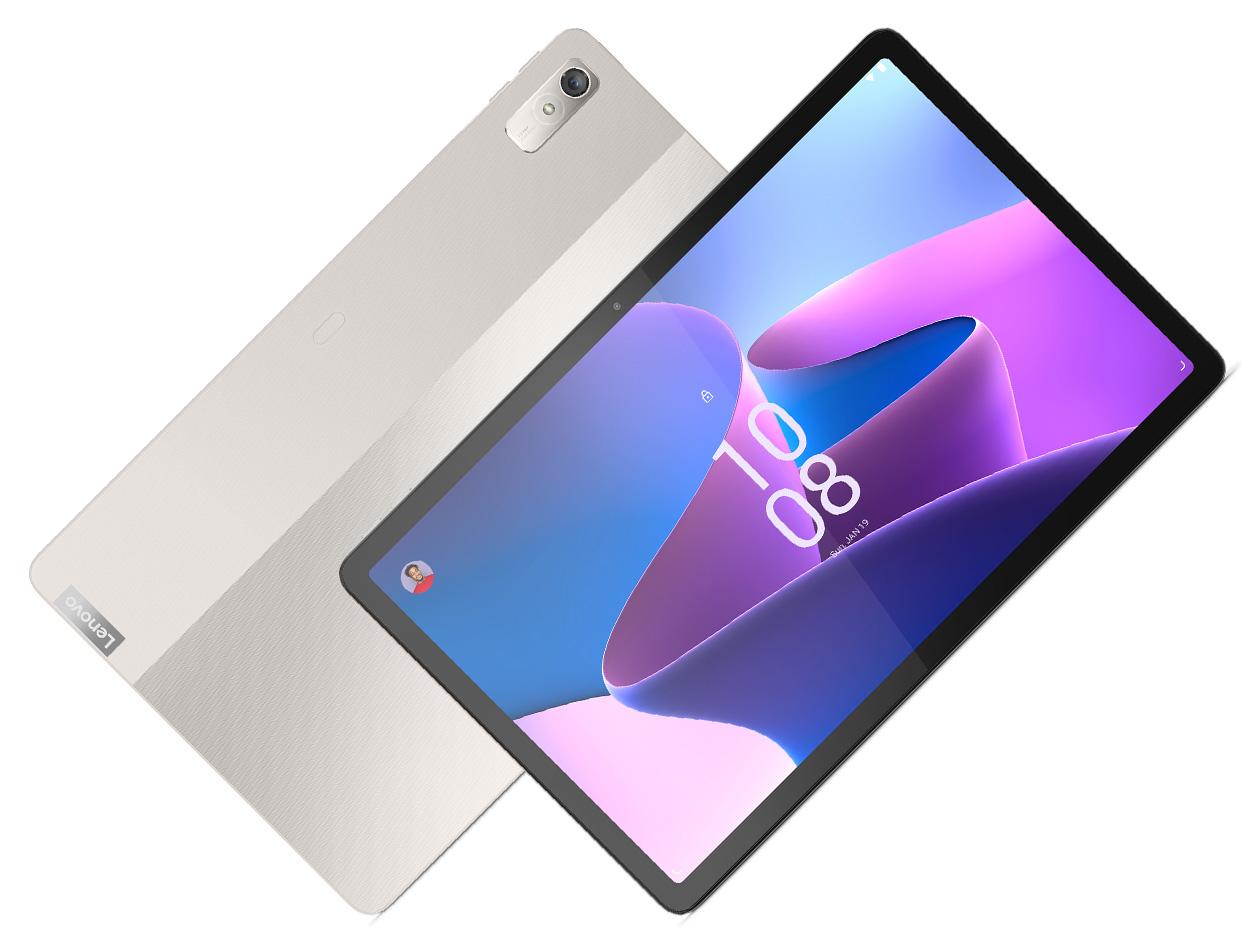Chromebooks have become ubiquitous in the education sector. Ease of use, accessible pricing, and simple deployment make them a compelling option for school.
However, a new report from the U.S. Public Interest Research Group (PIRG) titled Chromebook Churn is raising concerns over the unnecessary electronic waste they are producing.
The main issue at hand is what the PIRG refers to as a “built-in death rate.” Google offers software and security support for Chromebooks at a standard rate of eight years from the release date of each laptop.
The PIRG points out that schools often buy Chromebooks that have already been on the market for months or even years. This means that realistically, many of these laptops are out of support sooner than that eight year window would imply.
“When technology like Chromebooks reach their expiration date, only one-third of this electronic waste is properly recycled. If it isn’t designed to last, our environment pays the price,” says Lucas Gutterman of the PIRG.
The PIRG makes several suggestions in the report, calling on Google to take action. These suggestions include extending software support to ten years, as well as allowing for the installation of non-Google operating systems like Linux.
The report is also critical on the hardware front, suggesting Google strive for better standardization of Chromebook replacement parts, and to make these components more readily available.
Whether Google will see eye-to-eye with the PIRG and reduce “Chromebook Churn” is something we will have to keep an eye on.
Source: U.S. Public Interest Research Group Via Engadget















